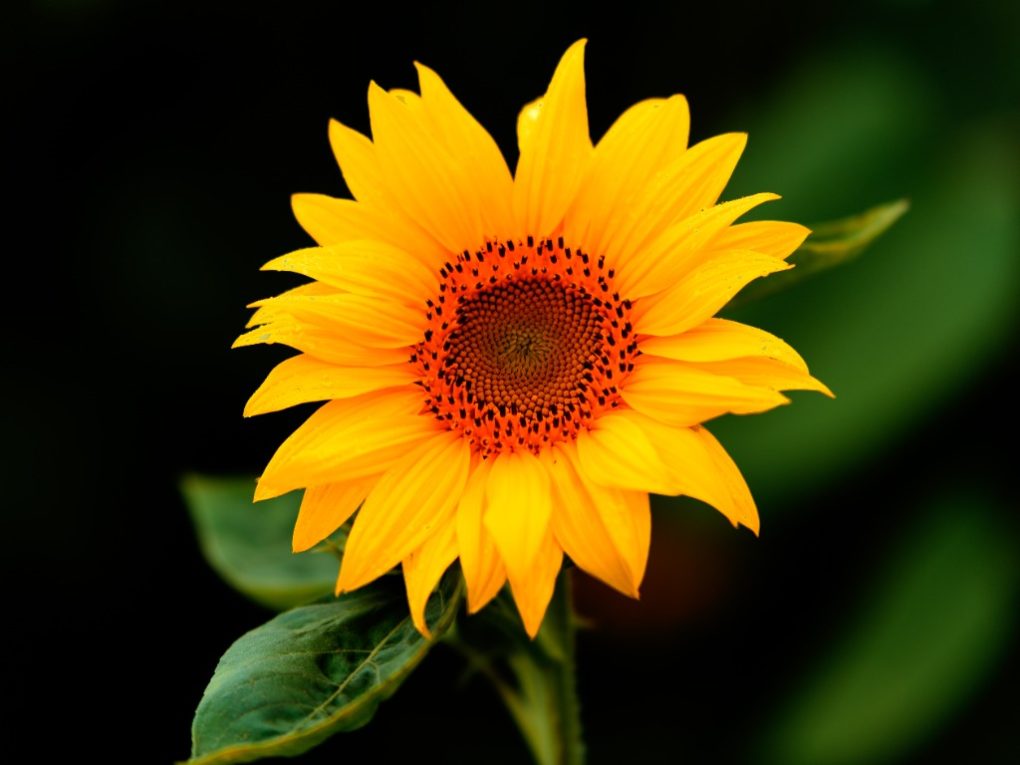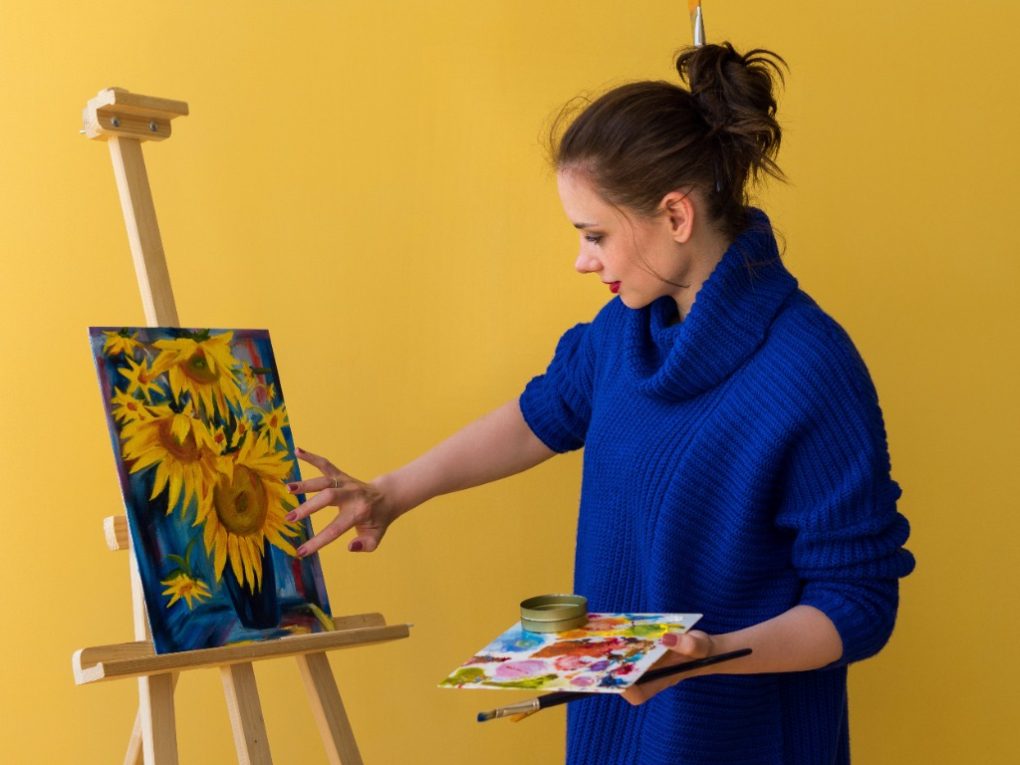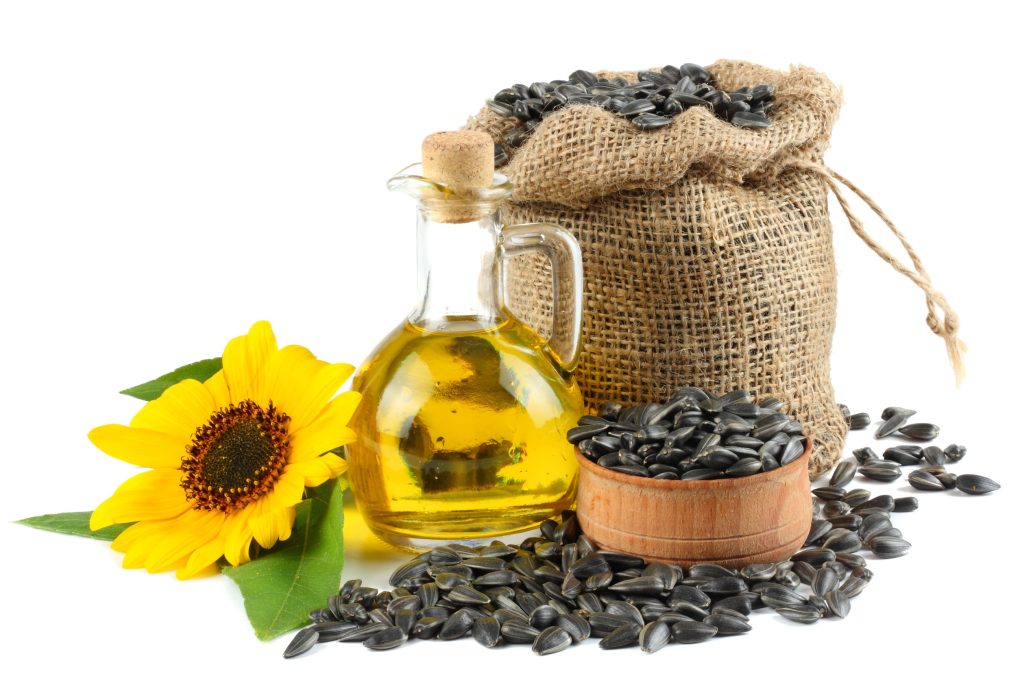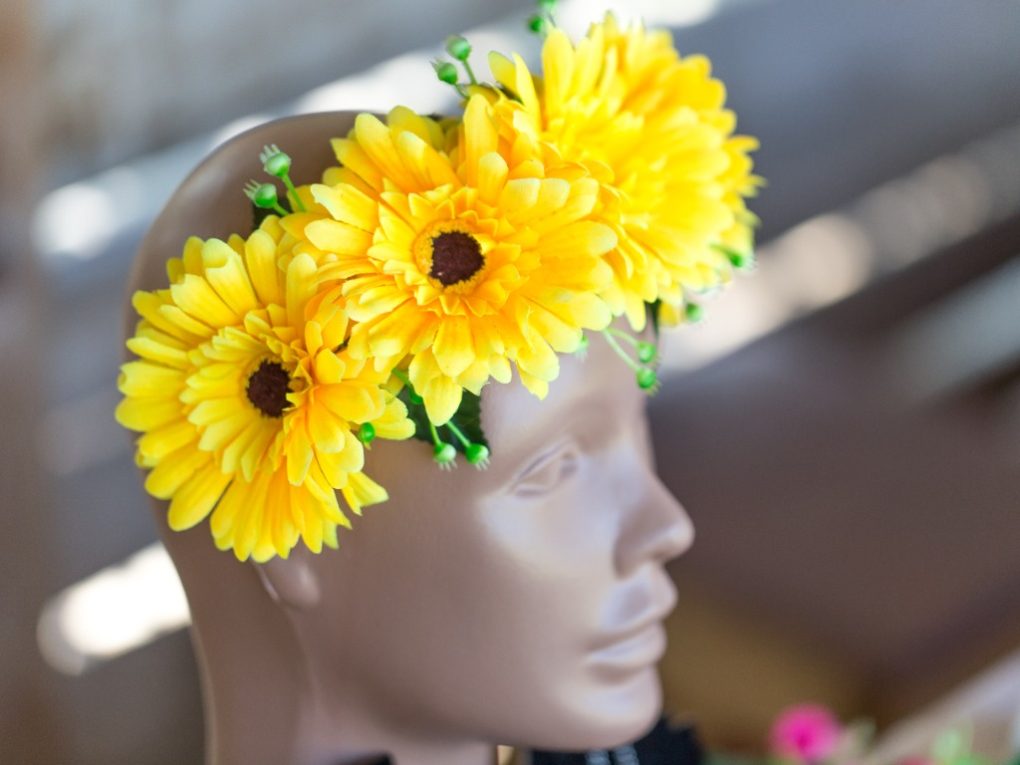Why Are Sunflowers So Popular? Exploring the Fascination with These Bright Blooms
Sunflowers are one of the most popular flowers in the world. They are known for their bright yellow petals and large size, reaching up to 12 feet tall. But what makes sunflowers so popular?

One reason is their versatility. Sunflowers can be used in various ways, from decoration to food, often used in bouquets and floral arrangements, and their seeds can be eaten as a snack or used in cooking. Additionally, sunflowers are easy to grow and maintain, making them popular for gardeners of all skill levels.
Another reason for their popularity is their symbolism. Sunflowers are often associated with happiness, positivity, and warmth, and are commonly given as gifts to express feelings of love, admiration, and friendship. In some cultures, sunflowers are also believed to bring good luck and prosperity.
Table of Contents
The History of Sunflowers
Origins and Early Cultivation
Sunflowers have a long and rich history in North America. Evidence suggests that American Indians cultivated sunflowers in present-day Arizona and New Mexico as early as 3000 BC. Some archaeologists believe that sunflowers may have been domesticated even before corn, making them one of the earliest crops grown by ancient hunter-gatherers.
Native Americans used every part of the sunflower for various purposes. They used the seeds for food, oil, and dye. They also used the plant for medicinal and spiritual purposes. The Cochiti tribe, for example, applied the juice of fresh plant stems to cuts and wounds to promote healing without infection. In addition, the Cherokee infused sunflower leaves to treat kidney ailments.
Sunflowers in Art and Literature
Sunflowers have also played a significant role in art and literature. Vincent van Gogh famously painted a series of sunflower paintings in the late 1800s, which have become some of the world’s most recognizable and beloved works of art. Other artists, such as Claude Monet and Gustav Klimt, painted sunflowers in their works.
In literature, sunflowers have been used as symbols of beauty, strength, and resilience. In the novel “The Sunflower” by Simon Wiesenthal, the flower represents hope and forgiveness in the face of unimaginable tragedy.
Today, sunflowers are popular worldwide for their beauty, versatility, and cultural significance.

Symbolism of Sunflowers
Cultural Significance
Sunflowers have been a popular symbol in many cultures throughout history. In ancient Greek mythology, the sunflower was associated with the god Apollo, who was often depicted wearing a crown of sunflowers. In Chinese culture, sunflowers symbolize longevity and good luck, while in Native American culture, sunflowers symbolize harvest and bounty.
As sunflowers went to Europe, their popularity grew, symbolizing beauty and sustenance. Vincent van Gogh famously painted sunflowers, capturing their vibrant beauty and the joy they bring.
Spiritual and Religious Symbolism
Sunflowers also hold spiritual and religious significance in many traditions. In Christianity, sunflowers are a symbol of faith and loyalty to God. The golden petals represent the glory of God and the seeds represent the potential of faith to grow and flourish. In Hinduism, sunflowers are associated with the solar plexus chakra, which is believed to govern self-esteem and confidence.
The Incas used sunflowers to symbolize the Sun God, and brought them to temples for worship. In some Native American cultures, sunflowers were used in spiritual ceremonies and were seen as a symbol of the sun’s life-giving energy.
In conclusion, sunflowers have held a special place in many cultures and traditions throughout history. Their bright and joyful appearance and their association with the sun and its life-giving energy have made them a popular symbol of happiness, strength, and loyalty.
Sunflowers in Agriculture
Sunflowers have been a popular crop in agriculture for many years due to their versatility and profitability. They are grown in over 80 countries worldwide, with the greatest acreage in Russia, Ukraine, Argentina, Turkey, and Romania. Sunflowers are primarily grown for their oil and the confectionery market.
Commercial Uses
Sunflower oil is the primary commercial use of sunflowers, used in cooking and frying due to its high smoke point and mild flavor. Sunflower oil is also used to produce biodiesel, a renewable alternative to petroleum-based diesel fuel. Sunflower meal, a byproduct of oil extraction, is a high-protein animal feed. Additionally, sunflowers are used in the production of birdseed and as a decorative element in floral arrangements.

Environmental Benefits
Sunflowers offer several environmental benefits. They are a relatively low-input crop, requiring fewer pesticides and fertilizers than other crops. Sunflowers also have a deep taproot that can help break up compacted soil and improve soil health. They are also an excellent crop for crop rotation, as they can help control weeds and pests and improve soil health when grown in rotation with other crops. Sunflowers are also an excellent source of nectar and pollen for bees and other pollinators, making them a valuable addition to any pollinator habitat.
In conclusion, sunflowers are a versatile and profitable crop in agriculture. They offer several commercial uses, including oil production and animal feed, and provide several environmental benefits, including improved soil health and pollinator habitat.
Sunflowers in Popular Culture
Sunflowers are not only popular in gardens, but they also have a significant presence in popular culture. Sunflowers have entered the mainstream from fashion and design to music and film.
Sunflowers in Fashion and Design
Sunflowers have been used in fashion and design for decades. They are a popular motif on clothing, accessories, and home decor. Sunflowers often evoke feelings of happiness, warmth, and positivity, and are associated with the summer season and evoke a sense of nostalgia for many people.
Designers have incorporated sunflowers into their collections in various ways. Sunflower prints have been used on dresses, skirts, and blouses. Sunflower-shaped accessories such as earrings, bracelets, and necklaces have also been popular. Sunflowers have even been used in home decor, such as bedding, curtains, and wall art.

Sunflowers in Music and Film
Sunflowers have also made their way into the world of music and film, and have been referenced in song lyrics and used as a symbol in music videos. In the film industry, sunflowers have been used as a backdrop in scenes and have even been the subject of entire films.
One of the most famous uses of sunflowers in popular culture is in Vincent van Gogh’s painting “Sunflowers.” This painting is one of the world’s most recognizable and iconic works of art. The painting has been referenced in countless films, TV shows, and advertisements.
Sunflowers have also been the subject of songs by popular artists such as Post Malone and Harry Styles. In “Sunflower” by Post Malone and Swae Lee, the lyrics reference the flower’s vibrant yellow color and its association with happiness. In “Sunflower, Vol. 6” by Harry Styles, the lyrics reference the flower’s ability to follow the sun.
